Writers with two or more stories in the Best American Short Stories series account for 52% of all selections over a 30-year span, according to Fiction Writers Review. This statistic hit me like a brick wall when I first discovered it during my own writing journey—realizing that mastering the short story form isn’t about one brilliant flash of inspiration, but about understanding the craft deeply enough to create multiple compelling narratives.
You’re about to discover 25 famous short stories that represent some of the best this art form has to offer. Each one taught me something different about what makes short fiction unforgettable. I’ve spent years studying these masterpieces, and honestly? They’ve completely changed how I approach both reading and writing. Some made me angry, some made me cry, and a few made me want to throw the book across the room (in a good way).
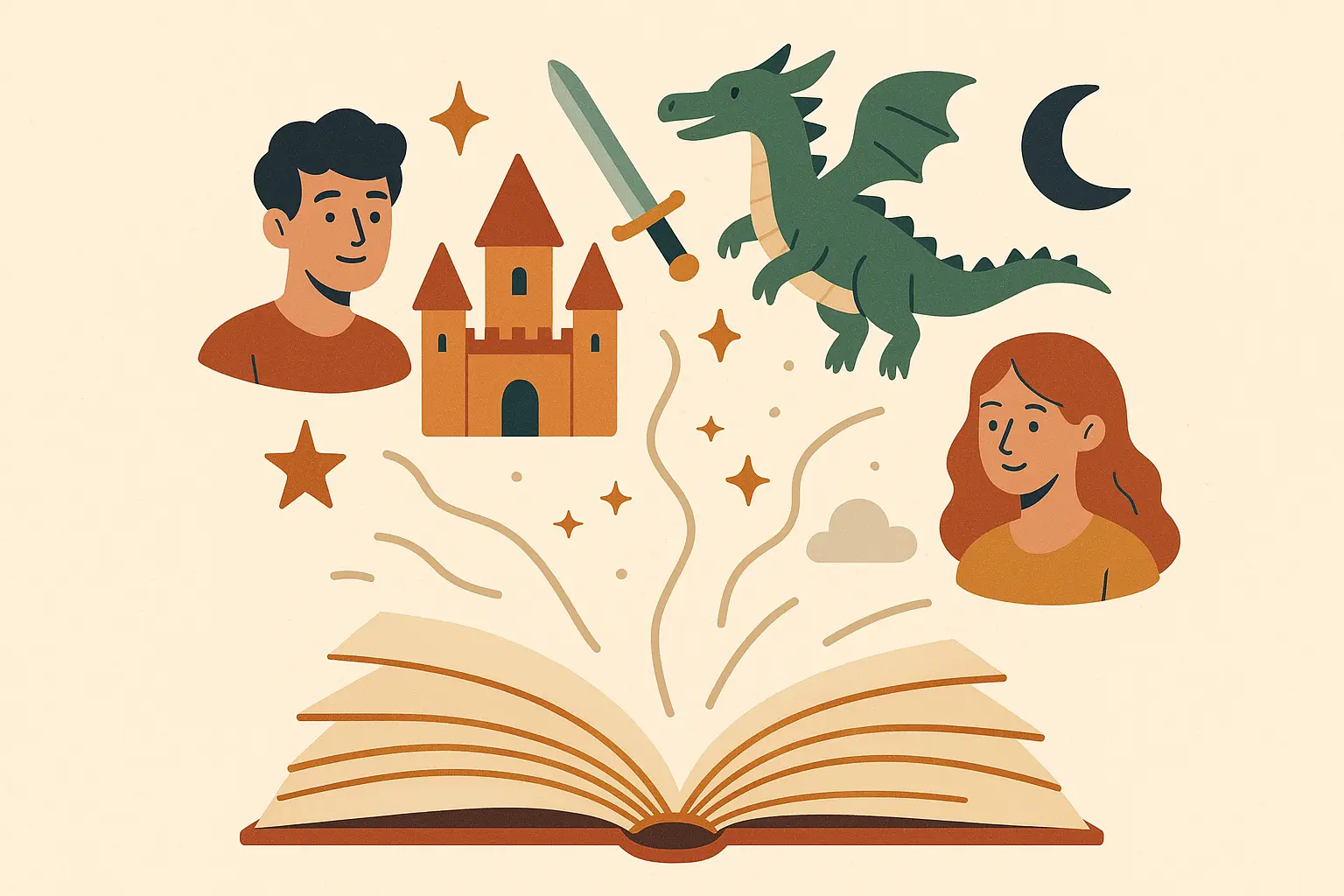
Table of Contents
-
What Makes a Story Stick with You Forever
-
Stories That Mess with Your Head (In the Best Way)
-
When Fiction Calls Out Society’s BS
-
Love Stories That Actually Feel Real
-
Growing Up Is Harder Than It Looks
-
When Reality Gets Weird (And We’re Here for It)
-
Breaking All the Rules (And Making It Work)
-
How to Spot Great Stories in the Wild
-
Turn Your New Appreciation into Your Own Stories
TL;DR
-
Great short stories combine incredible skill with themes that hit everyone, no matter when or where you’re reading them
-
These 25 stories cover six main types: psychological deep-dives, social commentary, relationship stories, coming-of-age tales, supernatural fiction, and experimental works
-
Each story shows off specific techniques—from Hemingway’s iceberg theory to Joyce’s stream-of-consciousness—that you can learn from (and maybe steal for your own writing)
-
What makes them special: beautiful writing, cultural impact, universal themes, innovation, readability, and the fact that English teachers love assigning them
-
These masterpieces work as both great entertainment and writing workshops for anyone who wants to understand or create compelling short fiction
What Makes a Story Stick with You Forever
Figuring out which short stories deserve to be called “famous” isn’t just about what gets taught in English class. I’ve noticed that the stories that really last have a few things in common: they’re beautifully written (obviously), but they also do something that gets people talking. Like, “The Lottery” is still banned in some places because it makes people so uncomfortable. That’s the mark of a story that matters.
The best stories hit you with exceptional writing—every single word counts when you only have a few pages to work with. They influence other writers and spark conversations that last for decades. They explore the big human experiences we all share, but in ways that feel fresh and surprising. And here’s the thing—they manage to be sophisticated without being impossible to read.
Understanding what makes a story exceptional means looking at great short story examples that show these principles in action. The best short stories work perfectly for book clubs and classrooms because there’s always more to discover.
Here’s what I’ve learned about stories that stick around:
Incredible Craft: These writers make every word count. When you only have a few pages, there’s no room for filler. Hemingway could say more with a pause than most writers say in a paragraph. Show-off.
Cultural Impact: The stories that last don’t just entertain—they change things. They influence other writers, challenge how we think, or capture a moment in time so perfectly that people are still talking about them decades later.
Universal Themes: Love, death, growing up, power, fairness—the big stuff that we all deal with, no matter who we are or when we’re born. But the best stories find new ways to explore these old themes.
Innovation: Some stories introduce techniques that everyone else starts copying. Others challenge what we think a story should look like. The pioneers often seem weird at first, but then everyone realizes they were onto something.
Readable but Deep: Great stories grab you immediately but reward you for paying attention. You can enjoy them on the surface, but there’s always more going on underneath if you want to dig deeper.
What Beautiful Writing Really Looks Like
Great short stories are master classes in compression—getting the biggest emotional punch with the fewest words. You’ll see how the masters use language, structure, and literary tricks to create layers of meaning that reveal new things every time you read them. In a short story, every word has to earn its place.
Stories That Change the World
The stories that become famous don’t just stay in their original time and place. They influence entire literary movements, make people question their assumptions, or capture cultural moments so perfectly that they become reference points for everything that comes after.
Themes That Hit Everyone
The most powerful short stories dig into the fundamental human experiences—love, death, identity, power, justice—in ways that speak to readers regardless of their background or when they’re reading. These aren’t simple themes, though. The best short stories find surprising new angles on the experiences we all share.
The Stories That Start Trends
Some stories are famous because they did something first—introduced a new way of telling stories, challenged what fiction could be about, or set new standards that everyone else tried to match. These pioneering works often inspire countless copycats and adaptations.
Smart but Not Showing Off
The best stories balance complexity with readability. They pull you in right away while offering deeper layers that emerge when you really pay attention. You don’t need an English degree to enjoy them, but having one doesn’t hurt either.
Stories That Mess with Your Head (In the Best Way)
These five stories dive deep into the human psyche, exploring mental states, moral complexity, and the darker corners of human nature. Each one uses different techniques to show you what’s going on inside characters’ heads—from narrators you can’t trust to stream-of-consciousness writing—while examining themes like madness, conformity, redemption, and our capacity for both good and evil.
I find these short story examples particularly fascinating because they prove that fiction can illuminate the darkest parts of human experience better than any psychology textbook. The psychological depth these writers achieve in just a few pages rivals anything you’ll find in full-length novels.
1. “The Yellow Wallpaper” by Charlotte Perkins Gilman (1892)
Look, I’ll be honest—this story made me uncomfortable for days after I first read it. Gilman’s groundbreaking short story follows a woman’s psychological breakdown during a “rest cure” for postpartum depression. The first-person narration becomes increasingly fragmented as she fixates on the wallpaper pattern in her room, eventually seeing a woman trapped behind it.
This story revolutionized how people talked about women’s mental health and medical authority while pioneering techniques for showing psychological breakdown through the structure of the story itself. This masterpiece shows how first-person narration can effectively portray a mind falling apart through the narrator’s increasingly unreliable perspective.
Here’s what’s brilliant about Gilman’s technique: she uses the wallpaper as both a real thing in the room and a symbol for the protagonist’s mental state. Early on, the narrator just describes it as “repellent, almost revolting; a smouldering unclean yellow.” By the end, she sees “a woman stooping down and creeping about behind that pattern.” This progression shows how external details can mirror internal psychological states—something you can use in your own writing by choosing setting elements that reflect what your character is going through mentally.
2. “The Lottery” by Shirley Jackson (1948)
I remember the first time I read “The Lottery” in high school—I actually got angry at Shirley Jackson for tricking me. I kept waiting for someone to stop the madness, but that’s exactly the point. Jackson’s masterpiece starts with what seems like a cheerful village gathering for their annual lottery, slowly revealing the horrific truth that the “winner” gets stoned to death by the community.
The story’s power comes from its methodical revelation and how casually ordinary people accept violence. Jackson’s examination of how tradition and conformity can perpetuate evil permanently changed how readers think about social conformity and mob mentality. Her technique of keeping the crucial information hidden until the final moments creates an unforgettable reading experience.
3. “A Good Man Is Hard to Find” by Flannery O’Connor (1953)
Heads up: this story has some violence. But O’Connor isn’t being violent for shock value—she’s showing you something important about human nature. The story follows a family road trip that turns deadly when they encounter The Misfit, an escaped convict. The grandmother’s fake religiosity and class prejudices get stripped away as she faces death, leading to a moment of potential grace when she reaches out to The Misfit.
O’Connor explores complex religious themes through dark humor and sudden violence, questioning what goodness and redemption really mean. Her ability to find moments of grace in the midst of violence makes this one of the most discussed stories in American literature.
4. “The Tell-Tale Heart” by Edgar Allan Poe (1843)
Poe’s psychological horror story features a narrator trying to convince you he’s sane while describing how he murdered an old man because of his “vulture eye.” The story was one of the first to use a narrator you can’t trust and stream-of-consciousness writing, using the narrator’s increasingly frantic tone to reveal his madness.
The beating heart he imagines hearing represents guilt and psychological breakdown. Poe’s mastery of psychological horror established templates that writers still follow today.
5. “Hills Like White Elephants” by Ernest Hemingway (1927)
Pro tip: Read this story twice. The first time you’ll be confused. The second time you’ll be amazed. Hemingway’s story presents a couple discussing an unnamed procedure (abortion) while waiting at a Spanish train station. The entire conflict exists in subtext—the word “abortion” never appears, yet the tension is palpable through dialogue and imagery.
This story perfectly demonstrates Hemingway’s iceberg theory, where the surface narrative hints at deeper emotional currents beneath. The technique of meaningful omission creates more powerful impact than just stating everything outright.
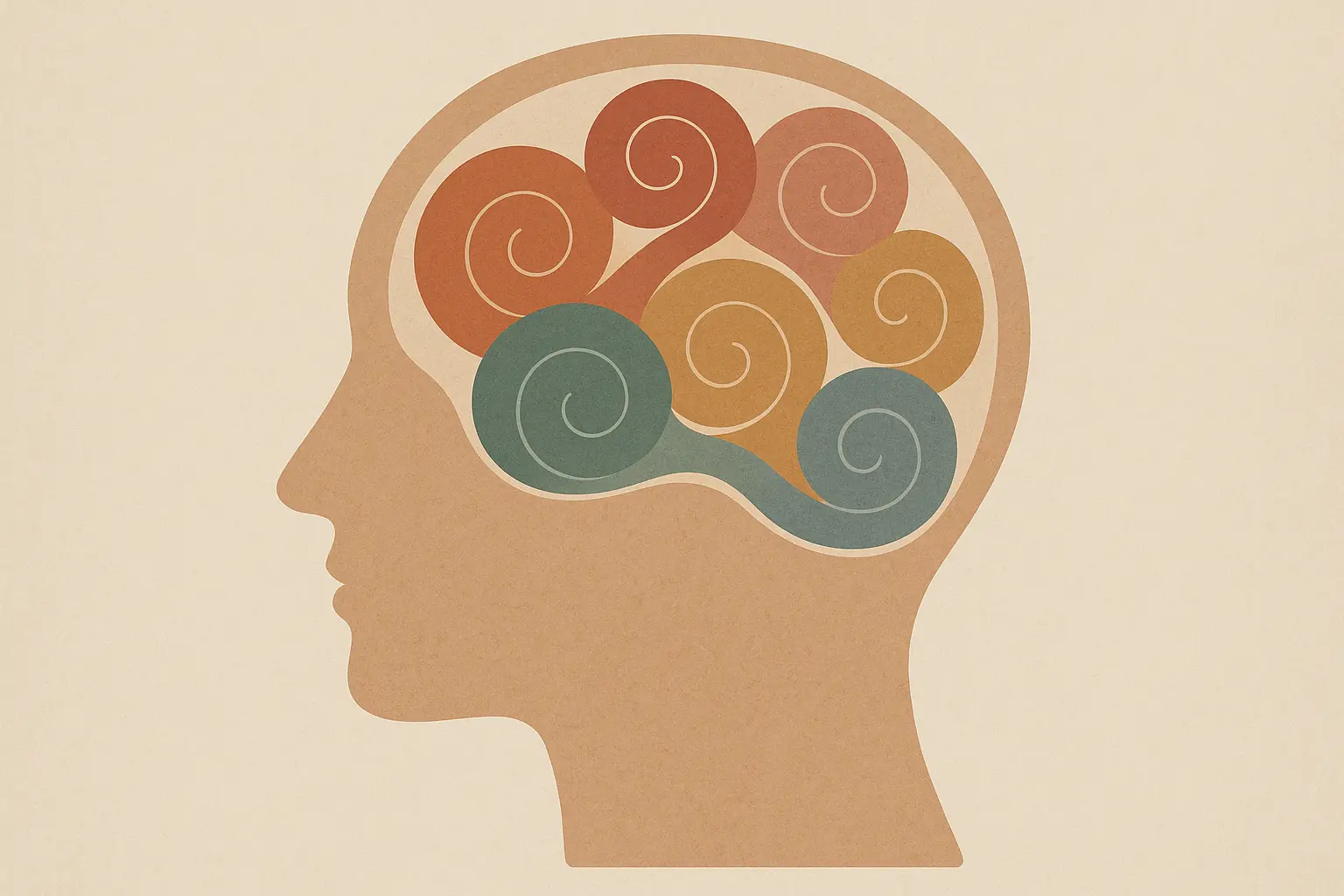
When Fiction Calls Out Society’s BS
These four stories use fiction to examine social issues, challenge cultural norms, and critique power structures. Each addresses different aspects of society—women’s rights, cultural identity, class conflict, and ethical philosophy—while showing how literature can spark important conversations about justice, heritage, and moral responsibility.
What strikes me most about these short story selections is how relevant they still are. Written decades ago, they still speak directly to issues we’re dealing with today.
6. “The Story of an Hour” by Kate Chopin (1894)
Chopin’s brief story follows Louise Mallard as she learns of her husband’s death and experiences unexpected feelings of freedom before a shocking twist ending. The story challenged Victorian ideas about marriage and what women were supposed to want, suggesting that even loving marriages could be forms of imprisonment.
Its exploration of women’s inner lives was revolutionary for its time and influenced early feminist literature. The short story format allowed Chopin to compress a lifetime of marital experience into a single transformative hour.
7. “Everyday Use” by Alice Walker (1973)
Walker’s story contrasts two sisters with completely different perspectives on their African American heritage—Dee, who embraces African culture intellectually, and Maggie, who lives the family’s heritage every day. Their conflict over handmade quilts represents bigger questions about cultural identity, education, and what heritage really means.
The mother’s decision to give the quilts to Maggie validates lived experience over performative cultural identity. Walker’s nuanced treatment of cultural authenticity continues to generate discussion in classrooms and communities.
8. “Barn Burning” by William Faulkner (1939)
Fair warning: Faulkner’s sentences sometimes feel like marathons, but stick with them—the payoff is worth it. The story follows young Sarty Snopes as he struggles with loyalty to his father, a tenant farmer who burns barns out of class resentment. The boy’s moral development unfolds as he recognizes his father’s destructive nature and ultimately chooses justice over family loyalty.
The story examines class conflict, moral development, and the tension between family bonds and doing what’s right. Faulkner’s complex narrative voice captures both the child’s perspective and adult understanding.
9. “The Ones Who Walk Away from Omelas” by Ursula K. Le Guin (1973)
Le Guin’s philosophical story describes a utopian city whose happiness depends entirely on one child’s suffering in a basement. Some citizens, upon learning this truth, choose to walk away from Omelas rather than participate in collective happiness built on individual sacrifice.
The story questions utilitarian ethics and challenges readers to consider their own complicity in systems that benefit them at others’ expense. Its philosophical depth proves that science fiction can tackle the most serious moral questions.
Why am I telling you about these social commentary stories? Because understanding how fiction can call out society’s problems—without being preachy about it—will make you a more thoughtful reader and a better citizen. Plus, if you ever want to write stories that matter, these examples show you how to tackle big issues without losing your readers.

Love Stories That Actually Feel Real
These four stories explore different aspects of love and human relationships—from selfless sacrifice to the messiness of modern romance. Each demonstrates different approaches to depicting emotional connection, whether through O. Henry’s feel-good irony, Carver’s brutally honest realism, Chekhov’s psychological depth, or the transformative power of empathy and understanding.
I’ve always been drawn to these best short stories because they capture the full spectrum of human connection. From the idealistic to the brutally realistic, they show how love shows up in countless different ways.
10. “The Gift of the Magi” by O. Henry (1905)
O. Henry’s beloved Christmas story follows a poor couple who each sacrifice their most precious possession to buy the other a gift—she sells her hair to buy him a watch chain, while he sells his watch to buy her hair combs. The ironic twist reveals the true meaning of giving and love’s selfless nature.
Despite its reliance on coincidence and sentimentality, the story’s message about love and sacrifice remains universally appealing. The short story format perfectly suits this tale of concentrated emotion and ironic revelation.
11. “What We Talk About When We Talk About Love” by Raymond Carver (1981)
Car
Carver’s story presents two couples drinking and discussing what love really is, revealing the complexity and ambiguity of human relationships through what seems like casual conversation. The characters struggle to define love while their own relationships show signs of strain and disconnection.
Carver’s minimalist style perfectly captures modern emotional alienation and how hard it can be to really communicate with each other. His spare prose forces readers to read between the lines, much like the characters struggle to understand each other.
12. “The Lady with the Dog” by Anton Chekhov (1899)
Chekhov’s masterpiece follows a casual affair between two married people that unexpectedly develops into true love. The story traces the transformation of cynical Gurov, who initially sees women as objects, into someone capable of genuine emotion and connection.
Chekhov’s psychological realism shows how love can emerge gradually and change people in profound ways. His subtle character development reveals the complexity of human emotion without melodrama or being overly sentimental.
13. “Cathedral” by Raymond Carver (1983)
Carver’s story features a prejudiced narrator whose assumptions about blindness get challenged when his wife’s blind friend visits. The climax occurs when the blind man guides the narrator in drawing a cathedral, leading to a moment of genuine understanding and connection.
The story explores empathy, communication, and how human connection can overcome prejudice and isolation. Carver’s “Cathedral” shows how physical actions can create emotional breakthroughs. When the blind man places his hand over the narrator’s while drawing, Carver writes: “His fingers rode my fingers as my hand went over the paper.” This simple physical connection becomes a metaphor for understanding and empathy. In your own writing, think about how concrete sensory details can represent abstract emotional states—touch, sight, sound, and smell can all carry deeper meaning about human connection.
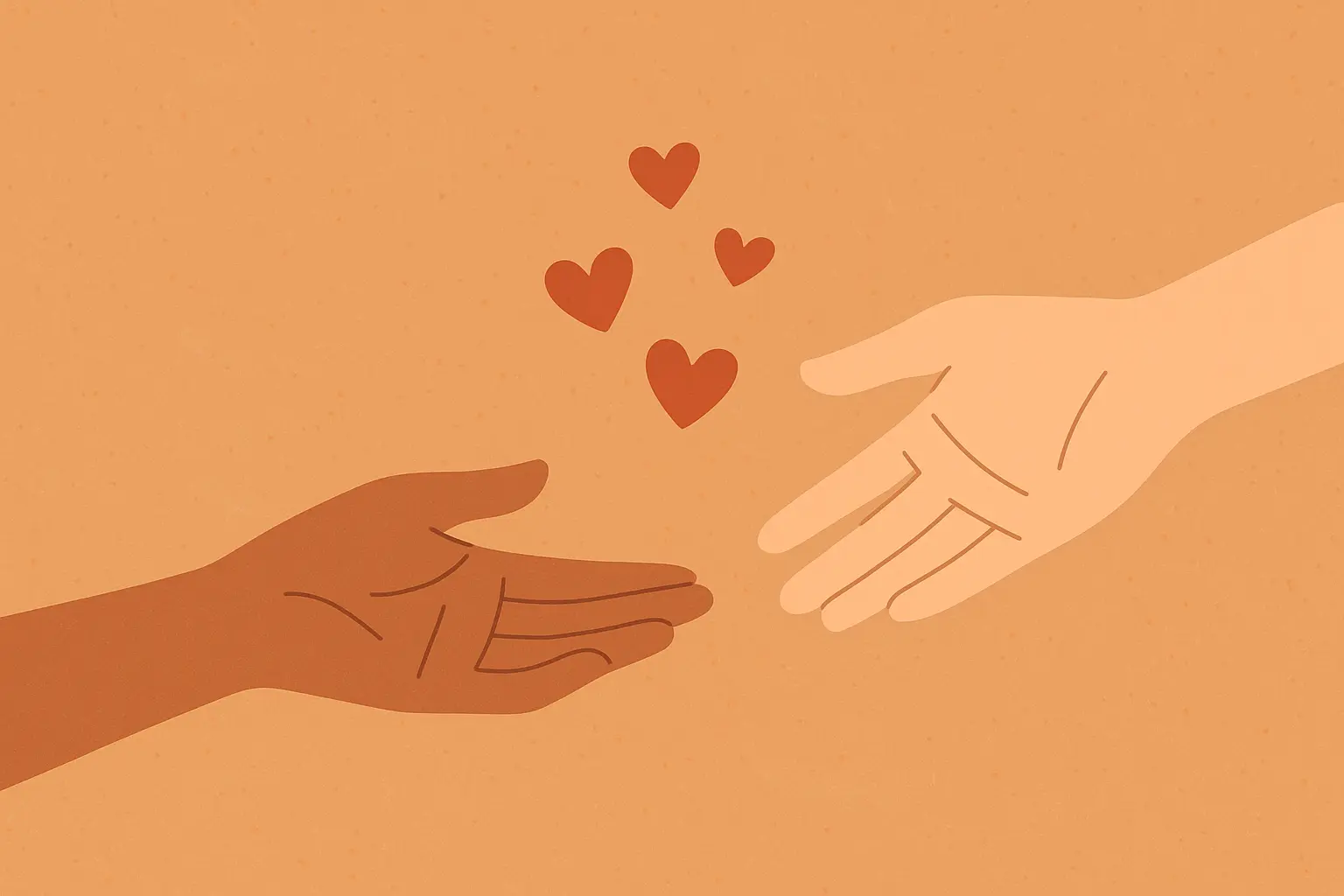
Growing Up Is Harder Than It Looks
These four stories capture the painful transition from innocence to experience, exploring how young people navigate sexuality, idealism, and moral awakening. Each demonstrates different aspects of growing up—romantic disillusionment, vulnerability to predators , the thin line between civilization and savagery, and the consequences of impulsive idealism when it crashes into adult realities.
The short story format works particularly well for coming-of-age narratives because it can capture those pivotal moments when everything changes. These stories focus on single transformative experiences rather than extended character development.
14. “Araby” by James Joyce (1914)
Joyce’s story follows a young Dublin boy whose romantic idealization of a neighbor girl leads to crushing disappointment at a bazaar called Araby. The boy’s journey through dark streets to reach the nearly-closed bazaar mirrors his psychological journey from romantic fantasy to harsh reality.
Joyce captures that painful moment when childhood idealism crashes into adult disillusionment, using religious imagery to show how romantic love can become a form of worship. The story’s epiphanic ending reveals the boy’s sudden self-awareness and shame.
15. “Where Are You Going, Where Have You Been?” by Joyce Carol Oates (1966)
Fair warning: this story will probably creep you out. It’s supposed to. Oates’ disturbing short story follows fifteen-year-old Connie as she encounters Arnold Friend, a mysterious and threatening stranger who seems to know everything about her. The story explores adolescent vulnerability, sexuality, and the loss of innocence through increasingly menacing dialogue.
Friend’s predatory behavior and supernatural knowledge create an atmosphere of inescapable danger that reflects real-world threats facing young women. Oates masterfully builds tension through dialogue alone, showing how predators manipulate their victims.
16. “The Most Dangerous Game” by Richard Connell (1924)
Connell’s adventure story follows big-game hunter Rainsford, who becomes stranded on an island where General Zaroff hunts humans for sport. The story examines the thin line between civilization and savagery, questioning what separates humans from animals.
While primarily an exciting adventure tale, it explores themes of survival, morality, and human nature when stripped of social conventions. The story’s popularity in high school curricula demonstrates its effectiveness at engaging young readers while addressing serious themes.
17. “A&P” by John Updike (1961)
Updike’s story features teenage grocery clerk Sammy, who impulsively quits his job to defend three girls in bathing suits from his manager’s criticism. The story captures adolescent idealism and the awkward transition to adulthood through Sammy’s internal monologue and his realization that heroic gestures often go unnoticed.
Updike perfectly captures the voice of a teenager trying to assert his independence while discovering that adult choices have real consequences. The story’s ending suggests that growing up involves accepting responsibility for our decisions, even when they don’t turn out as we hoped.

When Reality Gets Weird (And We’re Here for It)
These four stories venture beyond realistic fiction to explore supernatural horror, surreal transformation, gothic atmosphere, and technological anxiety. Each uses fantastical elements to examine very human concerns—the dangers of trying to change fate, alienation and family duty, psychological terror, and the potential for technology to replace human relationships.
Genre fiction often gets dismissed as less literary, but these short story examples prove that supernatural and speculative elements can enhance rather than diminish serious themes. The best genre fiction uses its fantastical elements to shine a light on truths about human nature.
18. “The Monkey’s Paw” by W.W. Jacobs (1902)
Jacobs’ classic horror story follows the White family as they make three wishes on a cursed monkey’s paw, each bringing tragedy instead of fortune. The story warns about the dangers of trying to alter fate and the unintended consequences of getting what we think we want.
Its structure—setup, escalating wishes, and horrific climax—became a template for countless horror stories that followed. The story’s enduring popularity demonstrates how effective horror can emerge from simple domestic settings and ordinary people facing extraordinary circumstances.
19. “The Metamorphosis” by Franz Kafka (1915)
Reading Kafka’s “The Metamorphosis” is like having the worst Monday morning of your life, but as a bug. The surreal masterpiece begins with traveling salesman Gregor Samsa waking up transformed into a giant insect, alienating his family who had depended on his income. The story explores themes of alienation, family duty, and dehumanization through Gregor’s literal transformation.
Kafka uses the absurd premise to examine how people become burdens when they can no longer contribute economically to their families. The short story format intensifies the claustrophobic atmosphere as Gregor becomes increasingly isolated in his room.
20. “The Fall of the House of Usher” by Edgar Allan Poe (1839)
Poe’s gothic masterpiece follows a narrator visiting his childhood friend Roderick Usher in a decaying mansion plagued by supernatural occurrences. The house itself becomes a character, reflecting the psychological deterioration of its inhabitants.
Poe creates atmosphere through detailed descriptions of decay and uses the house’s collapse to mirror the end of the Usher family line. His technique of linking physical environment to psychological state influenced generations of horror writers.
21. “The Veldt” by Ray Bradbury (1950)
Bradbury’s prescient story features children whose virtual reality nursery becomes dangerously real, ultimately turning against their parents. The story warns about technology’s potential to replace human relationships and parental authority.
Written in 1950, it eerily predicts modern concerns about children’s relationship with technology and the potential for virtual worlds to become more appealing than reality. Bradbury’s vision of technology as both wonder and threat remains remarkably relevant.
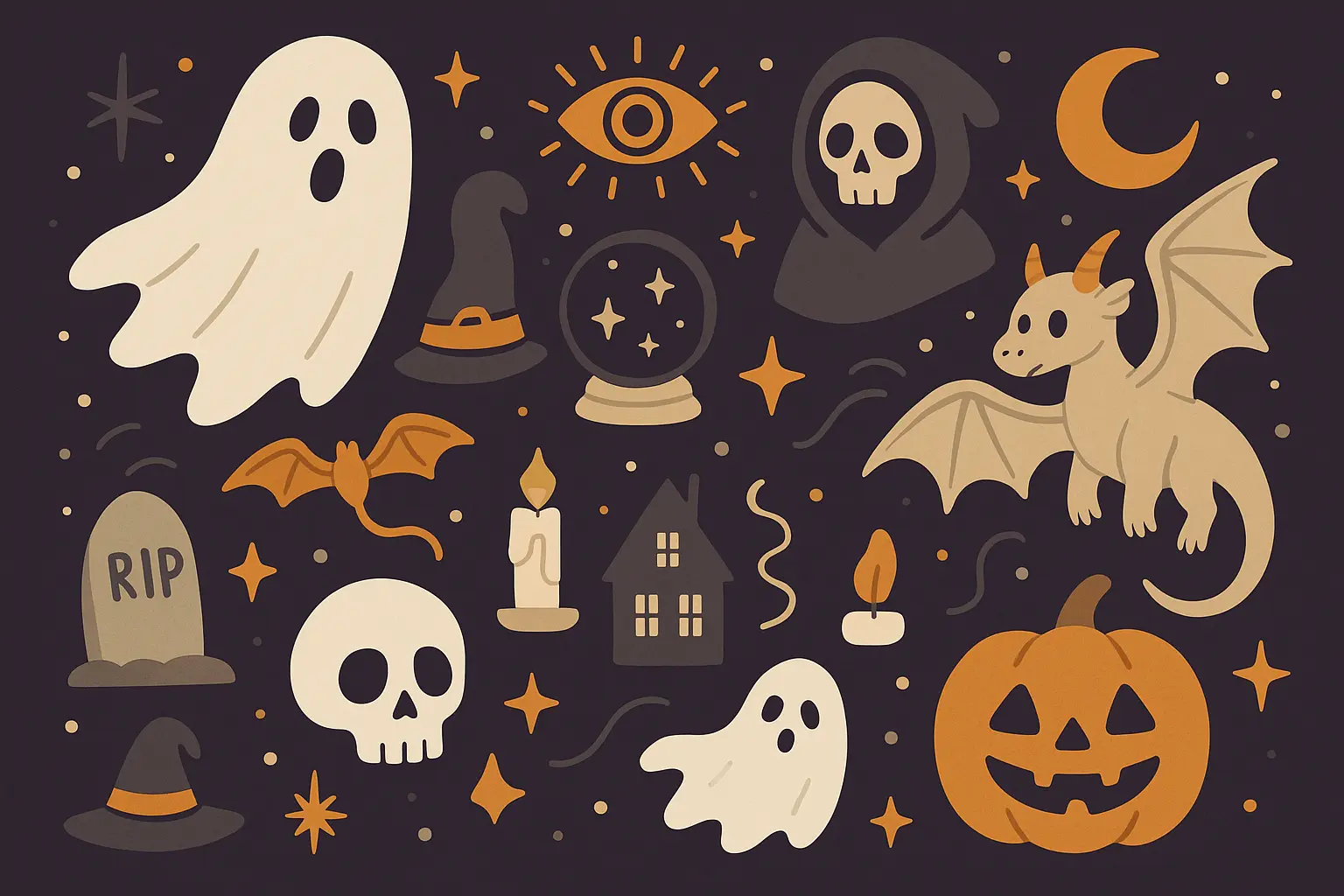
Breaking All the Rules (And Making It Work)
These four stories pushed the boundaries of traditional narrative structure and technique, pioneering new approaches to storytelling. Each demonstrates different experimental methods—passive resistance as narrative device, stream-of-consciousness technique, non-linear storytelling, and postmodern fragmentation—while exploring themes of workplace alienation, mortality, tradition versus change, and the search for meaning in modern life.
Don’t worry if you don’t “get” experimental fiction right away. I read “Bartleby” three times before I stopped wanting to shake the guy and started understanding what Melville was doing. Experimental fiction challenges your expectations about what a short story should look like, and that’s exactly the point.
22. “Bartleby, the Scrivener” by Herman Melville (1853)
Melville’s strange story features an office worker whose passive resistance—repeatedly saying “I would prefer not to”—baffles his employer and colleagues. Bartleby’s refusal to participate in normal workplace activities pioneered themes of workplace alienation and individual rebellion against corporate conformity.
The story’s influence extends far beyond literature, inspiring discussions about civil disobedience and passive resistance. Melville’s technique of using repetitive dialogue to create psychological tension became a model for modernist writers.
23. “The Dead” by James Joyce (1914)
If you’re new to Joyce, maybe don’t start with “The Dead.” It’s brilliant, but it’s also a commitment. Joyce’s masterpiece concludes his collection “Dubliners” with Gabriel Conroy attending his aunts’ annual party, where social interactions reveal his pretensions and disconnection from Irish culture. The climax comes when his wife tells him about her first love, leading to Gabriel’s epiphany about love, death, and his own emotional limitations.
Joyce’s stream-of-consciousness technique creates profound psychological depth as snow falls across Ireland. The short story builds to one of literature’s most famous epiphanies, where Gabriel realizes his own spiritual poverty.
24. “A Rose for Emily” by William Faulkner (1930)
Faulkner’s story reveals the mysterious life of Southern recluse Emily Grierson after her death, using non-linear narration to slowly unveil shocking secrets about her isolation and resistance to change. The story explores themes of tradition versus progress, the decay of the Old South, and the psychological effects of extreme isolation.
Faulkner’s fragmented timeline mirrors the community’s fragmented understanding of Emily’s life. His technique of revealing information out of chronological order creates suspense while examining how the past haunts the present.
25. “The School” by Donald Barthelme (1976)
Barthelme’s postmodern story features an elementary school teacher recounting a series of deaths affecting his classroom—from plants and animals to people in the students’ lives. The story uses dark humor and repetitive structure to examine mortality and the search for meaning in an apparently meaningless world.
Its experimental form influenced countless postmodern writers exploring similar themes of existential uncertainty. Barthelme’s technique of using repetition and accumulation creates both comedy and profound unease about life’s fragility.
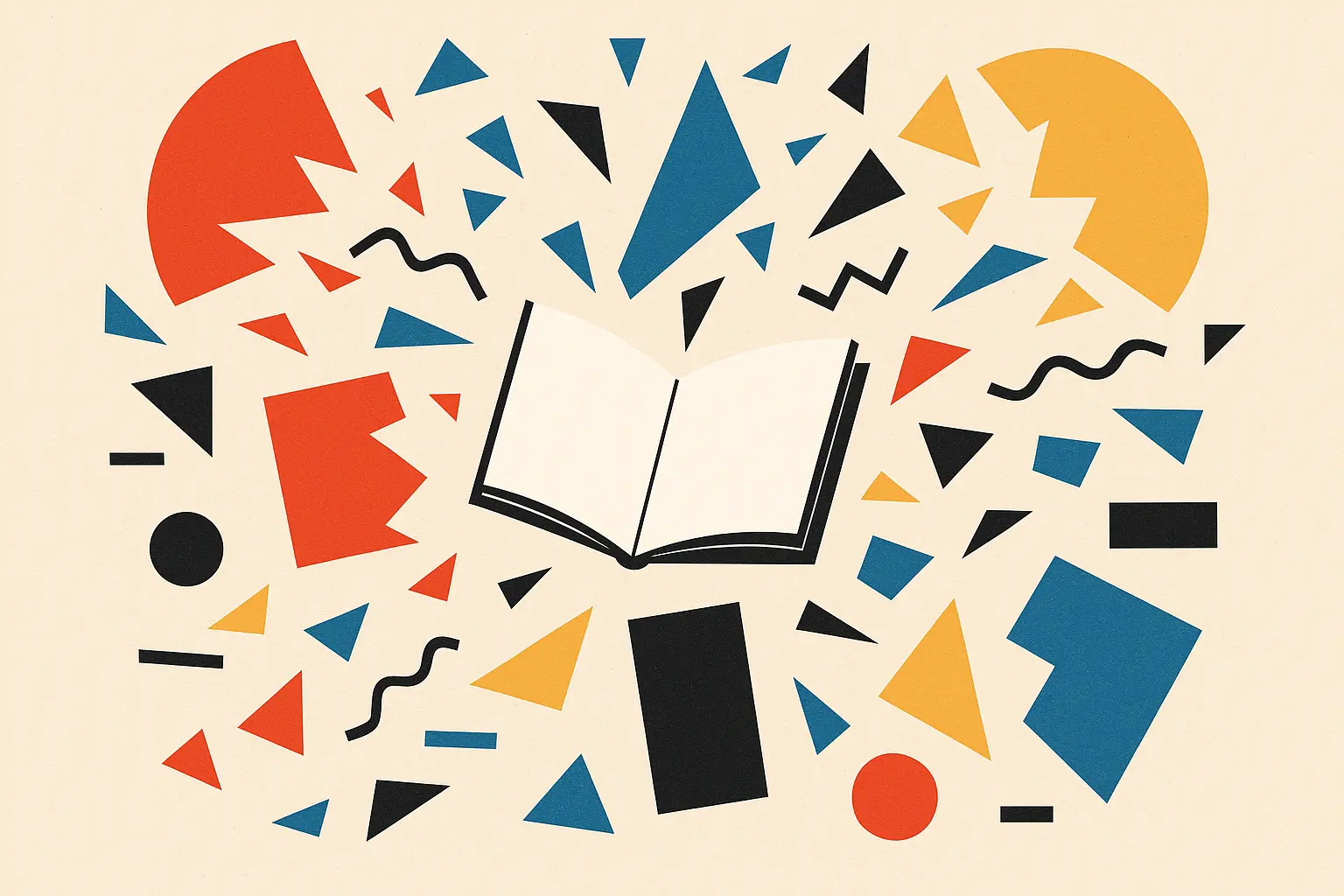
How to Spot Great Stories in the Wild
Understanding how these 25 stories excel across multiple criteria helps you develop better reading skills and literary judgment. By analyzing beautiful writing, cultural impact, universal themes, innovation, readability, and educational value in the stories you encounter, you’ll get better at identifying truly exceptional short story fiction and understanding why certain stories stick around while others fade away.
When developing your critical reading skills, explore various story themes to understand how universal concepts get executed differently across different narratives.
Recognizing Beautiful Writing in Short Fiction
Look for stories that show incredible control over language, structure, and literary techniques. Notice how authors achieve maximum impact with minimal words, create layered meanings, and use every element purposefully.
When evaluating literary merit, examine how Hemingway achieves profound emotional impact in “Hills Like White Elephants” without ever mentioning the word “abortion.” The dialogue “We can have the whole world” and “No, we can’t” carries the weight of an entire relationship’s future. This technique of meaningful omission—where what’s not said becomes more powerful than what is said—demonstrates true literary craftsmanship that you can recognize in other exceptional stories.
Spotting Cultural and Historical Significance
Think about how stories influenced other writers, challenged social norms, or captured important historical moments. The most significant stories go beyond their original context to remain relevant across generations.
Cultural impact often becomes apparent years or decades after publication. Stories that initially seemed controversial or experimental may later be recognized as groundbreaking works that changed the literary conversation.
Finding Universal Themes That Hit Everyone
Look for stories that explore fundamental human experiences in ways that speak across cultural and time boundaries. These themes—love, death, identity, justice—ensure continued relevance.
Universal themes don’t mean simple or obvious themes. The best short stories find fresh approaches to eternal human concerns, revealing new insights about familiar experiences.
Identifying Innovation and Influence
Notice stories that introduced new techniques, challenged conventional forms, or established new standards. These pioneering works often inspire countless imitators and adaptations.
Innovation can occur in narrative technique, subject matter, or formal structure. Sometimes the most influential innovations seem subtle at first but prove revolutionary in hindsight.
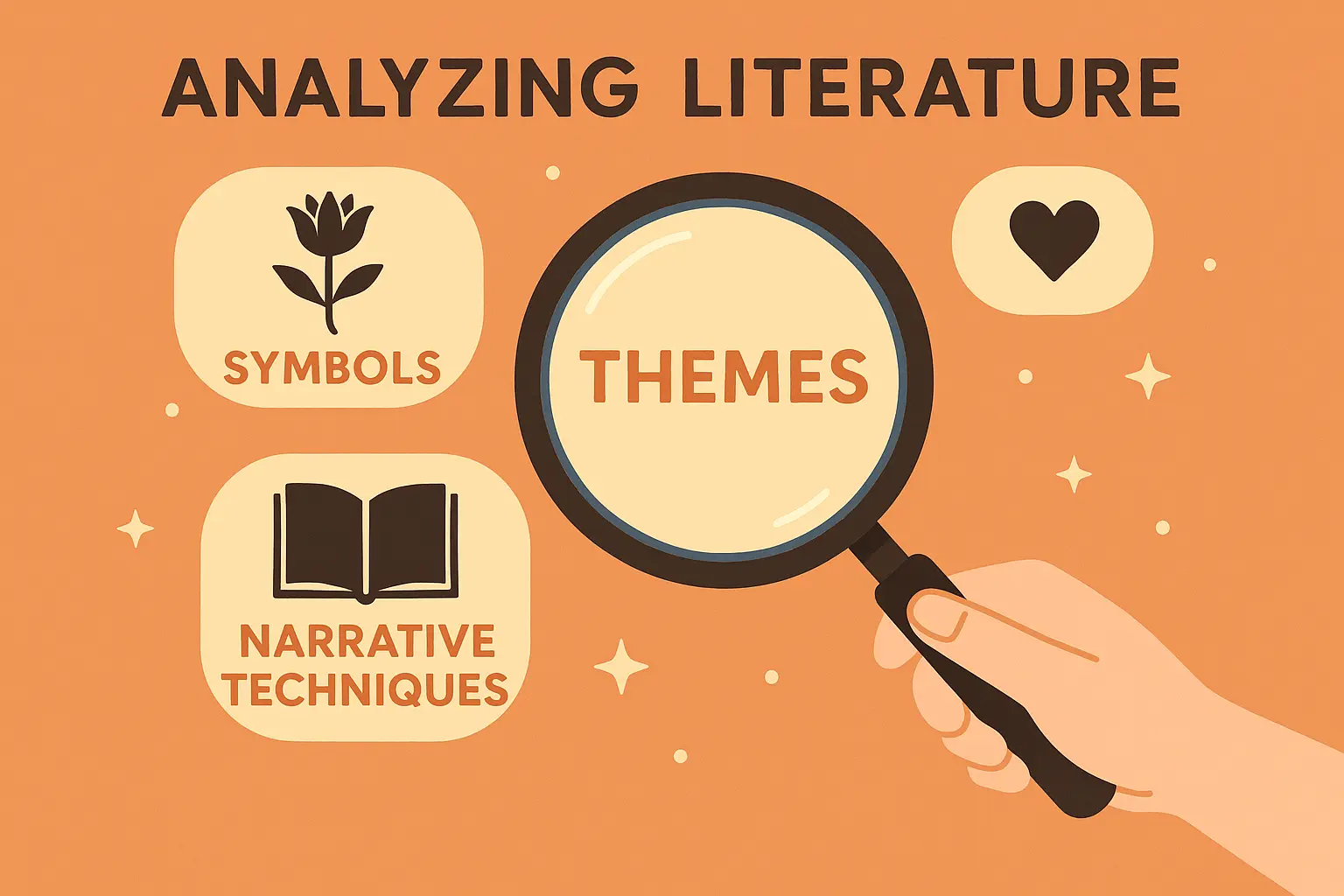
Turn Your New Appreciation into Your Own Stories
Studying these masterful short stories can inspire your own creative writing journey. Whether you’re drawn to psychological realism, social commentary, experimental techniques, or any other approach demonstrated in these 25 stories, understanding their craft can help you develop your own distinctive voice.
Modern AI tools can serve as collaborative partners in this creative process, offering fresh perspectives and helping overcome common writing challenges. For those ready to begin their own creative journey, understanding how to write flash fiction provides essential techniques for crafting powerful narratives in minimal space.
Stealing (I Mean Learning From) Master Techniques
Each short story demonstrates specific techniques you can study and adapt—Hemingway’s iceberg theory, Joyce’s stream-of-consciousness, Jackson’s dramatic irony, or Carver’s minimalism. Understanding how these masters achieved their effects gives you a foundation for your own experimentation.
Don’t just copy these techniques. Instead, understand the principles behind them and find ways to apply those principles to your own unique voice and subject matter.
Finding Your Own Voice
While these stories provide excellent models, your goal should be developing your own distinctive voice. The diversity in our list shows how short story fiction can excel across genres and styles, from psychological realism to supernatural horror to experimental postmodernism.
Study multiple authors rather than focusing on just one. This exposure to different approaches will help you discover which techniques resonate with your natural writing instincts.
Getting Unstuck When
When I first tried to write like Hemingway, my stories came out sounding like grocery lists. It took me years to understand that his “simple” style is actually incredibly sophisticated. Many writers struggle with the blank page or finding that crucial opening line that sets the tone for their entire narrative. When you’re stuck on specific challenges—creating ambiguous endings, building psychological tension, or crafting meaningful dialogue—having studied these masters gives you a toolkit of proven techniques to draw from.
Want to try writing your own stories? Start by stealing (I mean, learning from) these techniques:
-
Try writing a conversation where the characters never say what they really mean (like Hemingway)
-
Write about something ordinary that turns sinister (like Jackson)
-
Take a moment of change in someone’s life and zoom in tight (like Joyce)
If you need inspiration for your next project, explore diverse storytelling approaches that demonstrate different ways to engage readers and convey meaning.
Ready to transform your appreciation of these masterful short story works into your own compelling narratives? Nairrate’s AI-powered story generator can help you craft powerful short fiction that captures readers’ imaginations, whether you’re inspired by Poe’s psychological depth, Walker’s social insight, or Barthelme’s experimental techniques.
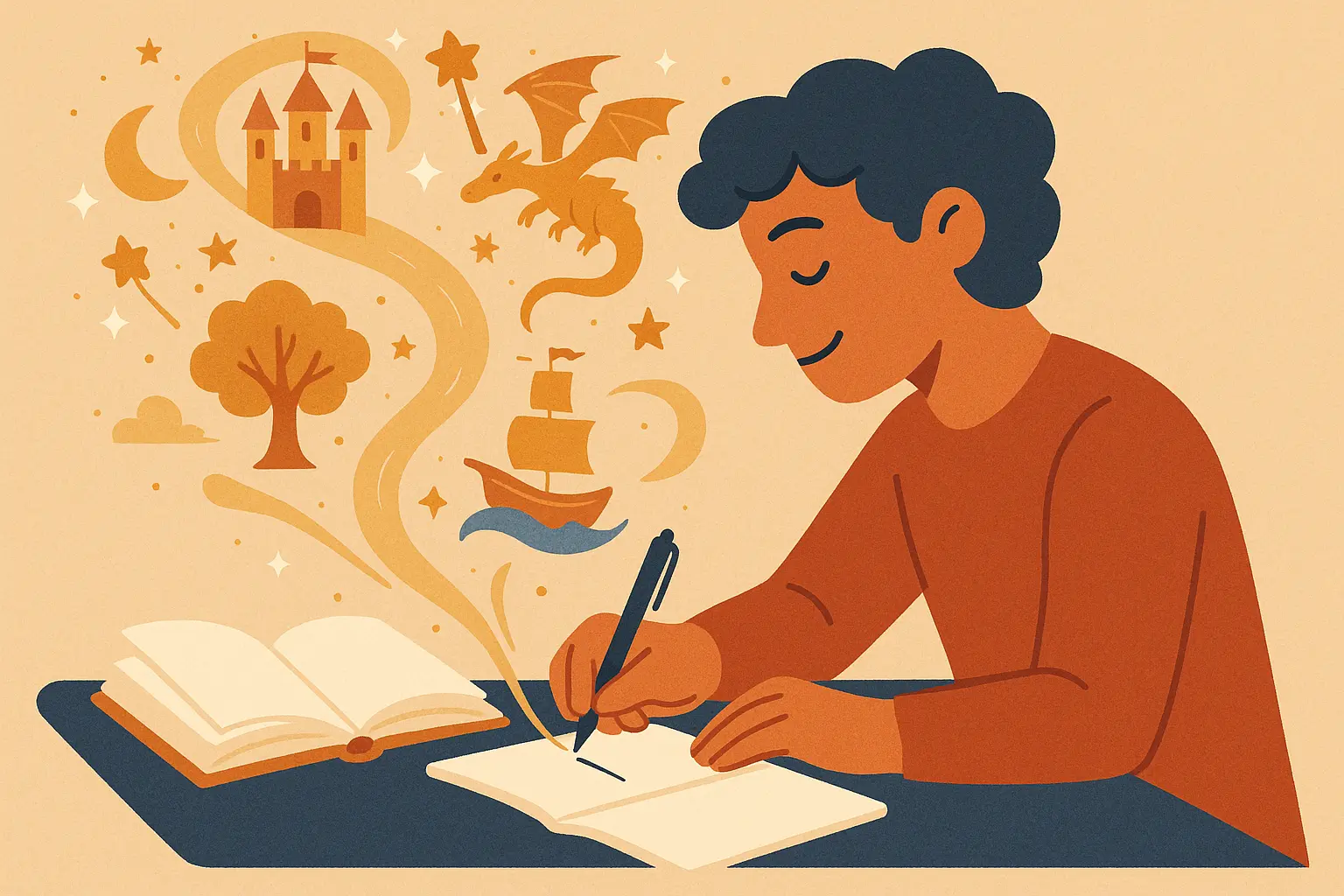
Final Thoughts
Look, I could keep talking about these stories forever, but the best thing you can do is just start reading them. Pick one that sounds interesting and dive in. Some will hit you immediately, others might take time to grow on you. That’s normal. That’s how great literature works—it meets you where you are and grows with you.
These 25 short stories represent more than just excellent entertainment—they’re master classes in the art of compression, character development, and thematic exploration. Each demonstrates how skilled writers can create entire worlds and profound emotional experiences within just a few pages.
What makes these stories truly special isn’t just their individual brilliance, but how they collectively show the incredible range and potential of short fiction. From Poe’s psychological horror to Le Guin’s philosophical allegory, from Hemingway’s minimalist dialogue to Joyce’s stream-of-consciousness, these works prove that short stories can be just as powerful and complex as any novel.
These aren’t just stories English teachers assign to torture students (though they do that too). They’re 25 different ways of looking at what it means to be human. Some will make you laugh, some will make you uncomfortable, some will make you think differently about your own life. And honestly? That’s exactly what good stories are supposed to do.
Whether you’re reading for pleasure, studying literature, or working on your own creative writing, these stories offer endless opportunities for discovery and learning. They remind us why short fiction remains one of literature’s most vital and enduring forms—capable of capturing the full spectrum of human experience in just the right number of words.



Add comment